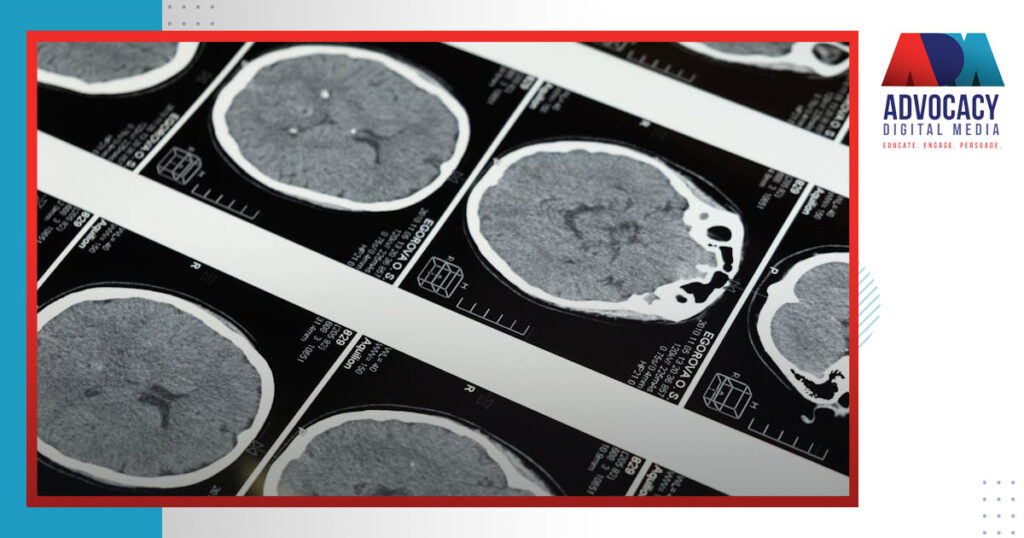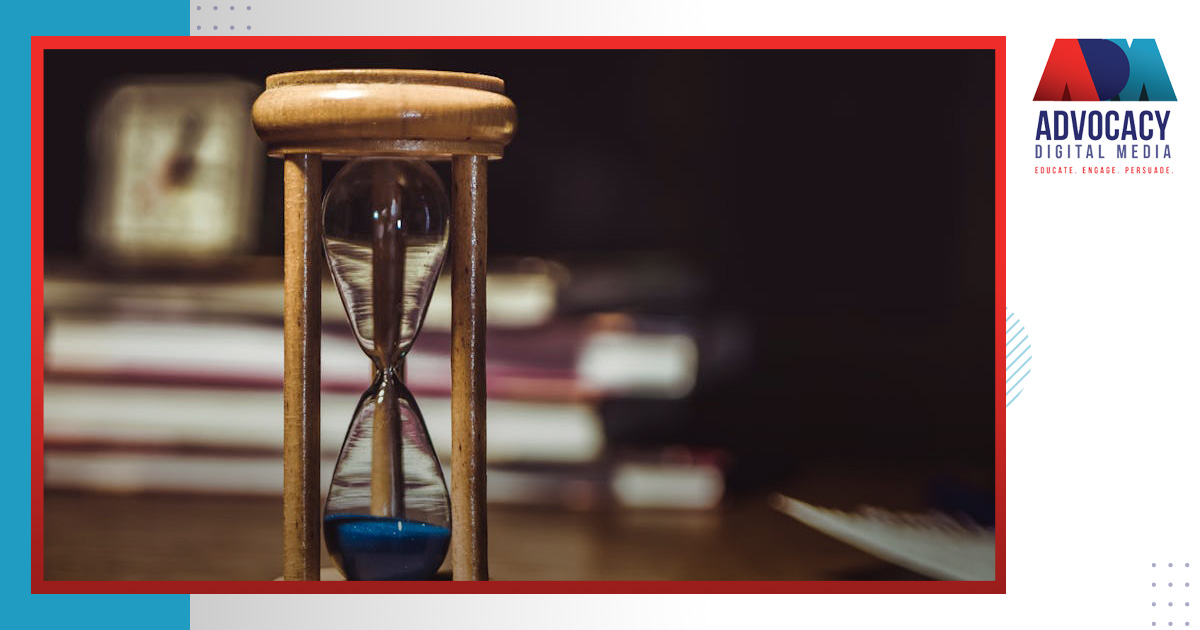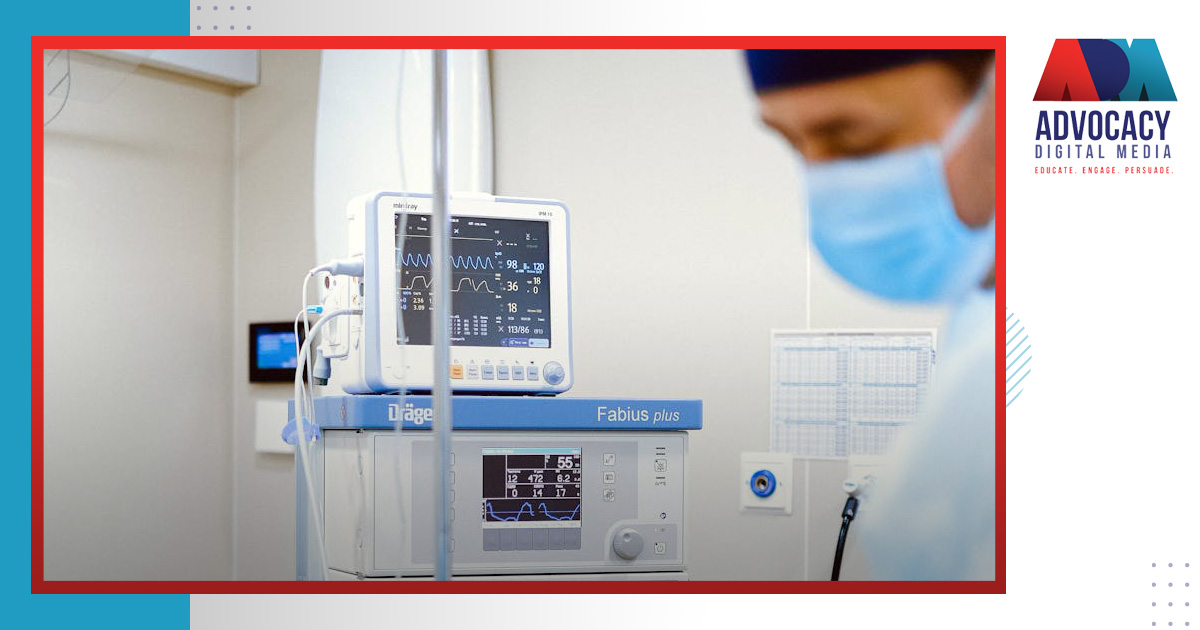The Science Behind Human Memory and Trial Graphics
When you take your client’s case to trial, you’ve spent so much time carefully building their case and crafting the arguments you’re planning to make. You want the judge and jury to latch on and be able to recall all of the evidence you present. How do you do that? Well, understanding the science behind human memory and how trial graphics play a role is a good starting point.
Understanding the Human Mind and How It Remembers Details
Put quite simply, our five senses (taste, feel, sight, smell, and hearing) all create impressions, leaving behind memories, both good and bad. The process by which this occurs is called encoding. Our brains store that information within different sectors that align with the type of memory and its value, with the ultimate goal of it being able to be called upon, or retrieved, from one’s subconscious when a situation, which some refer to as a “mental cue,” calls for it.
Now, let’s delve a bit deeper into explaining how the information acquisition, storage, and retrieval processes work. According to Johns Hopkins Medicine, learning new information, even something as basic as a person’s name leads to the formation of connections or circuits of nerve cells called synapses within our brains. This occurrence makes it easier for minds to understand the interrelatedness of concepts and recall information when a particular memory cue is triggered.
The Role of Interactive Trial Exhibits in Helping Jurors Recall Information Presented
Now that you understand the basics of how people’s memories work, let’s apply that knowledge to something like trial graphics, which are demonstratives such as medical malpractice timelines, car accident reconstruction animations, product blow-out illustrations, and others you may decide to present in court.
Demonstratives like the ones mentioned above can make it easier to:
- Get jurors’ attention: One Law and Human Behavior study from several years ago chronicled how while different narratives of what happened could certainly lead to jurors reaching distinct verdicts, overall, the use of visuals, like computer-animated displays, at trial impacted encoding. The researchers found that trial graphics had a greater impact on their retention of information compared to hearing it orally alone.
- Evoke emotions: A study published by the Brooklyn Law Review in 2001 analyzed the emotional impact certain types of demonstratives can have on jurors and their decision-making. The author determined that these presentations resonated with them the most when there was not a lot of other evidence presented, and they found themselves needing to fill in the blanks by tapping into their memory to understand what happened. Since the amygdala is the portion of your brain that processes emotions, it’s likely that any of this imagery is stored here.
- Contextualizing what happened: Do you remember how we spoke about how our brains constantly work on classifying information so that it can be easily recalled when it receives a mental cue to do so? The connections made between our brain cells when we learn new information and how it gets classified may aid us in better understanding context or interrelatedness, and memories or understanding of these connections can be helpful to jurors when deliberating.
It should be noted that repetition appears to impact memory. As you may recall from when you were in school, often, it was easier to remember information after you’d heard it several times before. If you present factual details surrounding your client’s injuries during opening statements while an expert witness is testifying and again at closing, the likelihood of jurors recalling that information in the deliberation room is higher than if it was only presented once at trial.
Using Trail Graphics to Build a Strong Case That Jurors Will Remember
While we’ve only provided a brief overview of how memory works and the impact interactive courtroom exhibits have on jurors’ recall abilities, we believe that it’s enough for you to understand that these demonstratives have a place alongside your oral arguments at trial. After all, you’ve spent so much time building your client’s case and carefully crafting your arguments. You want to make sure that, if trial graphics are true, as the research shows, what cements your narrative in jurors’ minds, you’ve done everything possible to have them decide in your favor in the end.
You don’t want to look back in retrospect at your case in the event a verdict doesn’t get entered that’s not in your favor, and you wonder if the lack of use of trial graphics somehow resulted in the undesirable outcome. So, let’s have a dialogue about how our animators and illustrators here at Advocacy Digital Media can assist you in depicting critical information you want your jurors to recall in the deliberation room.
Just be sure to contact us as early as possible before you plan to craft a demand letter or know for sure you’re headed to trial so that we can have ample time to prepare impactful visuals for your personal injury case.







